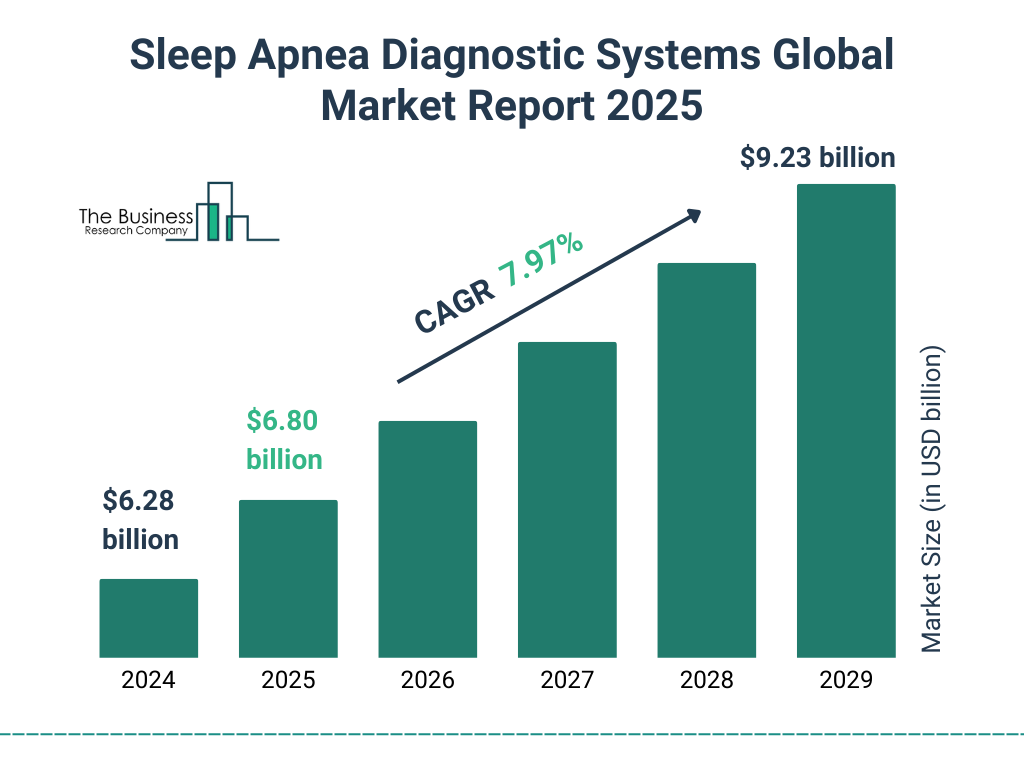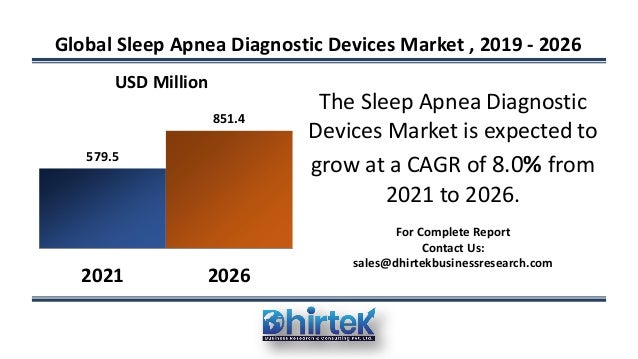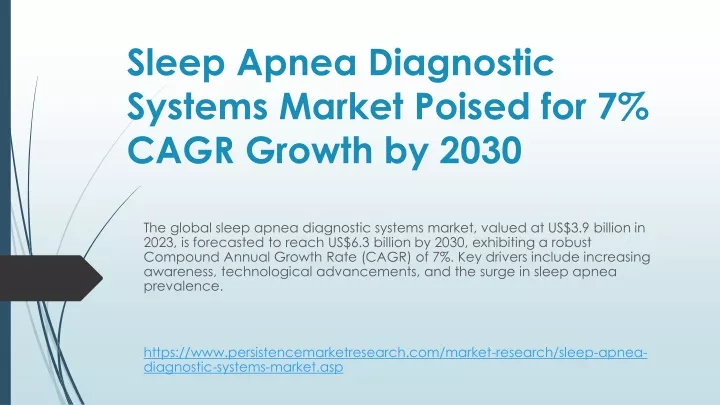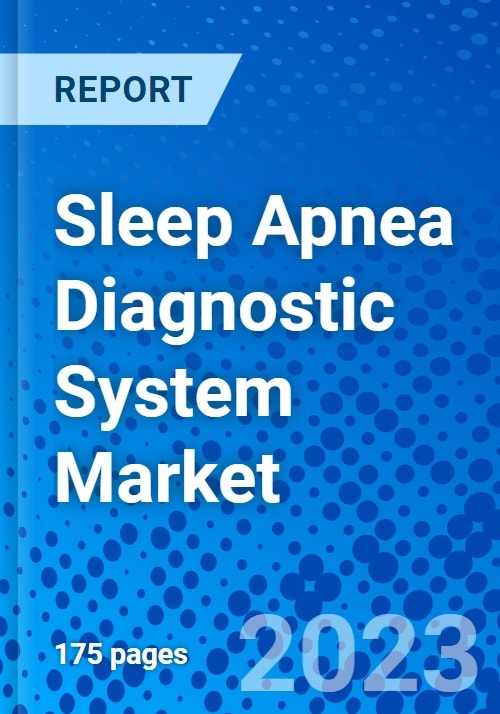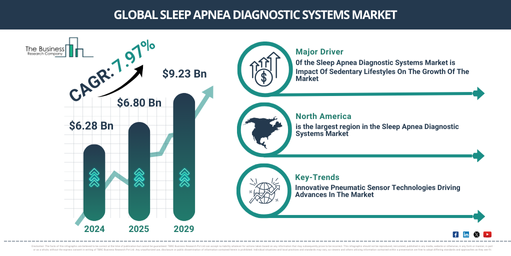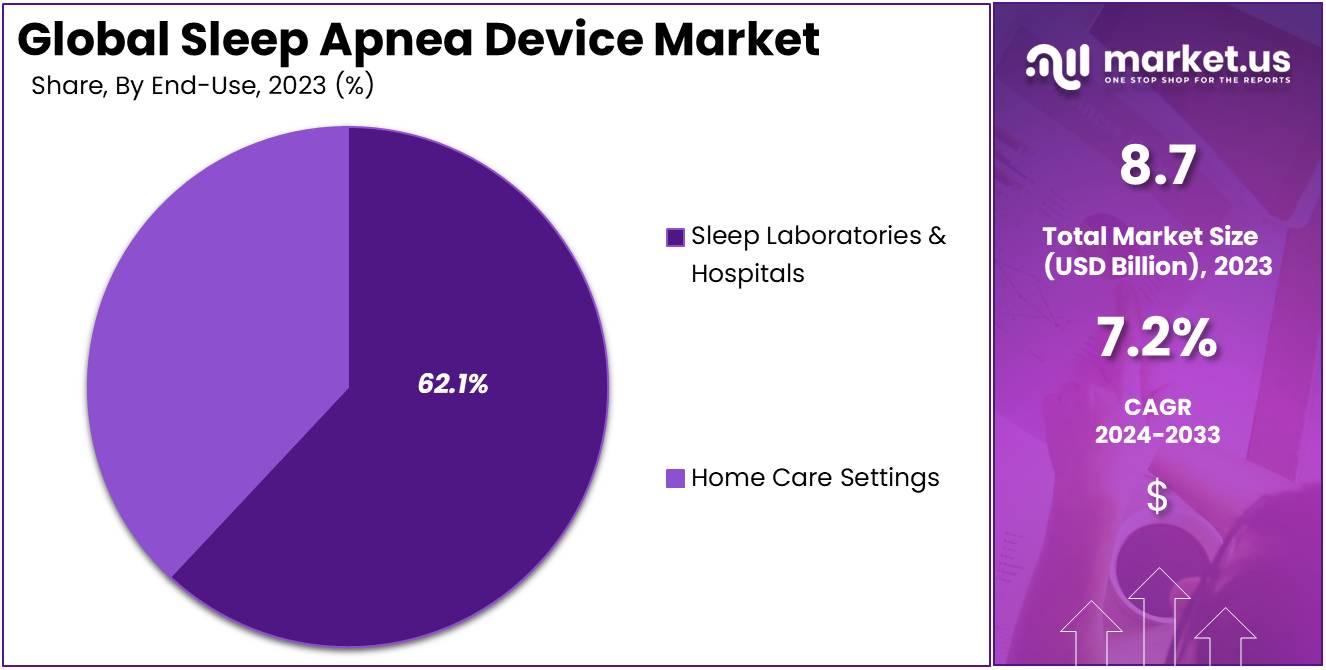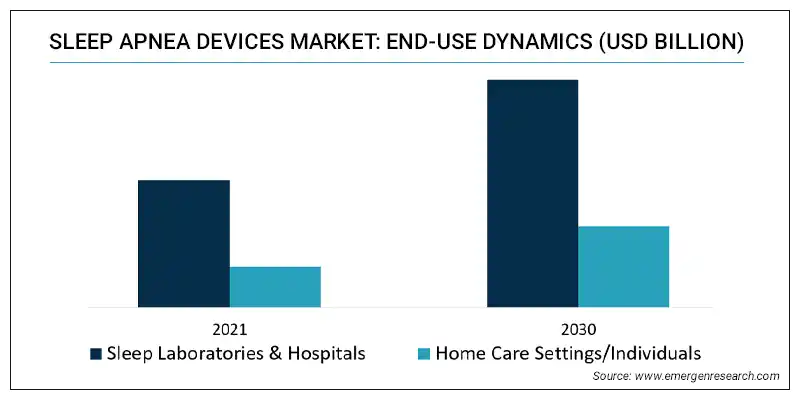France Sleep Apnea Diagnostic Systems Market

Imagine a quiet Parisian night, the soft glow of streetlights filtering through lace curtains, but punctuated by the fitful gasps of someone struggling to breathe. This isn't an isolated incident; it's a nightly reality for millions in France, a silent epidemic known as sleep apnea. While once shrouded in obscurity, the condition is slowly but surely stepping into the spotlight, driving a quiet revolution in diagnostic technologies across the country.
The French sleep apnea diagnostic systems market is experiencing significant growth. The increasing awareness of sleep apnea, coupled with advancements in diagnostic technology and an aging population, are key factors fueling this expansion. This article delves into the current state of the market, exploring the trends, challenges, and opportunities shaping its future.
Understanding Sleep Apnea and Its Impact
Sleep apnea is a common disorder characterized by pauses in breathing or shallow breaths during sleep. These interruptions can occur hundreds of times a night, leading to fragmented sleep and reduced oxygen levels in the blood. The consequences are far-reaching, impacting not just sleep quality but also cardiovascular health, cognitive function, and overall well-being.
Untreated sleep apnea can increase the risk of high blood pressure, heart attack, stroke, and type 2 diabetes. It also contributes to daytime fatigue, impaired concentration, and an increased risk of accidents. The societal cost is significant, encompassing healthcare expenses, lost productivity, and diminished quality of life.
Driving Forces Behind Market Growth
Several factors are converging to drive the expansion of the French sleep apnea diagnostic systems market. An aging population is a primary driver, as the prevalence of sleep apnea increases with age. Obesity, another significant risk factor, is also on the rise in France, contributing to the growing number of individuals at risk.
Perhaps the most crucial factor is the increasing awareness of sleep apnea among both the public and healthcare professionals. Campaigns promoting sleep health and the dissemination of information about sleep apnea symptoms have led to greater recognition and diagnosis rates.
Advancements in diagnostic technology are also playing a crucial role. The development of more user-friendly and accurate diagnostic tools has made it easier for individuals to get tested and diagnosed. These innovations include portable sleep monitors, home sleep apnea tests (HSATs), and sophisticated polysomnography (PSG) systems.
Diagnostic Methods: From Labs to Homes
Traditionally, sleep apnea diagnosis involved an overnight stay in a sleep laboratory, where patients undergo polysomnography (PSG). This comprehensive test monitors various physiological parameters, including brain waves, eye movements, muscle activity, heart rate, and breathing patterns.
While PSG remains the gold standard for sleep apnea diagnosis, its cost and accessibility have limited its widespread use. Home sleep apnea tests (HSATs) have emerged as a more convenient and affordable alternative. HSATs allow patients to monitor their breathing and oxygen levels in the comfort of their own homes.
HSATs typically involve wearing a small device on the finger or wrist overnight. The data collected is then analyzed by a healthcare professional to determine the presence and severity of sleep apnea. While HSATs are not as comprehensive as PSG, they are a valuable tool for screening and diagnosing sleep apnea in many individuals.
Market Players and Competitive Landscape
The French sleep apnea diagnostic systems market is characterized by a mix of established international players and smaller domestic companies. Key players include ResMed, Philips Respironics, and Fisher & Paykel Healthcare, all of whom offer a range of diagnostic and therapeutic devices.
These companies compete on factors such as product innovation, accuracy, ease of use, and pricing. The market is also witnessing increasing competition from smaller companies specializing in niche diagnostic solutions. The rise of telemedicine and remote monitoring is further shaping the competitive landscape.
Telemedicine platforms are increasingly being used to facilitate sleep apnea diagnosis and management. Patients can consult with sleep specialists remotely, receive prescriptions for HSATs, and have their results analyzed online. This approach improves access to care, particularly for individuals in rural areas or with limited mobility.
Challenges and Opportunities
Despite the promising growth prospects, the French sleep apnea diagnostic systems market faces several challenges. One major hurdle is the limited awareness of sleep apnea among certain segments of the population. Some individuals may be unaware of the symptoms or dismiss them as normal signs of aging or fatigue.
Another challenge is the relatively low rate of diagnosis and treatment. Many individuals with sleep apnea remain undiagnosed, leading to long-term health consequences. Addressing these challenges requires increased public awareness campaigns and improved access to diagnostic and treatment services.
The French government has implemented several initiatives to promote sleep health and improve access to sleep apnea care. These initiatives include funding for research, support for sleep disorder clinics, and public awareness campaigns. Such efforts are essential for addressing the growing burden of sleep apnea in France.
However, significant opportunities lie ahead. The development of more advanced and user-friendly diagnostic tools has the potential to further increase diagnosis rates. The integration of artificial intelligence (AI) into diagnostic systems could also improve accuracy and efficiency.
The Future of Sleep Apnea Diagnostics in France
The future of the French sleep apnea diagnostic systems market appears bright, driven by ongoing technological advancements, increasing awareness, and government support. The shift towards home-based testing and telemedicine is expected to continue, making diagnosis more accessible and convenient.
Furthermore, the development of personalized treatment approaches tailored to individual patient needs is gaining traction. This includes the use of sophisticated algorithms to optimize continuous positive airway pressure (CPAP) therapy and the exploration of alternative treatment options such as oral appliances and surgical interventions.
The focus is shifting from simply diagnosing sleep apnea to providing comprehensive and integrated care that addresses the underlying causes and comorbidities. This holistic approach aims to improve patient outcomes and reduce the long-term health consequences of sleep apnea. It’s about more than just a good night's sleep; it's about enhancing the overall quality of life for millions.
A Breath of Fresh Air: A Concluding Thought
As the sun rises over the Seine, casting a golden glow on the city, one can't help but feel optimistic about the future of sleep apnea diagnostics in France. The increasing awareness, technological advancements, and collaborative efforts are paving the way for a healthier and more restful future for millions. Sleep apnea, once a silent burden, is now being met with innovation and determination, promising a breath of fresh air for those who struggle to breathe easy during the night.
